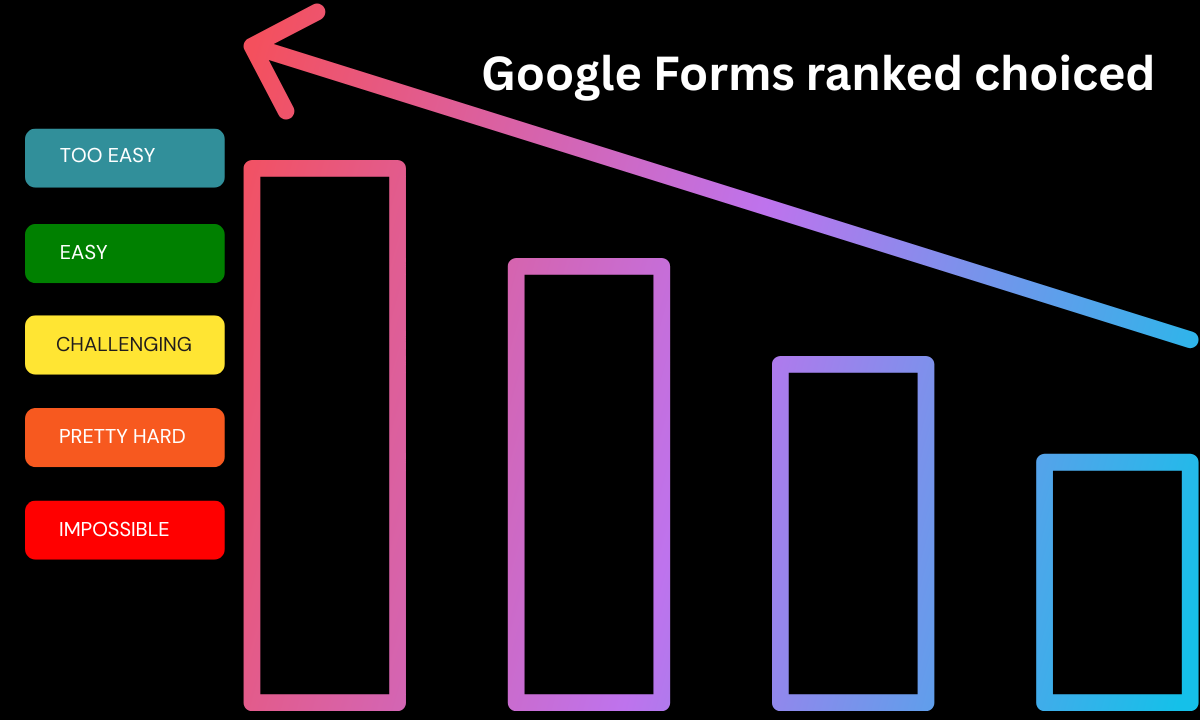Music is the Devil’s Tool
Music has been an integral part of human civilization for centuries. From tribal rituals to religious ceremonies, from classical symphonies to modern-day electronic beats, music transcends cultural and linguistic barriers. However, throughout history, some have claimed that music is the devil’s tool, asserting that it has the power to corrupt minds, lead individuals astray, and provoke immoral behavior. This perception, though debated, has influenced societies, religious doctrines, and even legal frameworks worldwide.
Origins of the Belief That Music is the Devil’s Tool
The idea that music is the devil’s tool is deeply rooted in religious and cultural history. Many ancient civilizations had strict beliefs about the purpose and function of music. In the medieval era, certain religious sects viewed specific rhythms, instruments, and lyrics as tools of evil. The church, for example, discouraged secular music, warning against melodies that could stir sinful emotions or distract from spiritual devotion. Gregorian chants were promoted as pure and divine, while secular tunes, particularly those with danceable rhythms, were sometimes condemned.
During the Renaissance and Baroque periods, these ideas persisted. Some believed that dissonant harmonies and complex compositions could summon dark forces or influence negative emotions. By the time of the 20th century, with the rise of jazz, rock ‘n’ roll, and heavy metal, the debate intensified. The rebellious and unconventional themes in these genres led conservative groups to claim that such music was a gateway to immoral behavior, further cementing the notion that music is the devil’s tool.
What is the Devil’s music called?
Music’s Influence on Human Emotions and Behavior
Music is the devil’s tool has an undeniable impact on human psychology. Studies have shown that different genres and tempos can evoke a wide range of emotions. Classical music, for example, is known for its calming effects, whereas heavy metal can induce excitement or aggression. This connection between music and emotion has led some to fear its potential to manipulate individuals.
Critics of modern music argue that certain lyrics promote violence, substance abuse, and promiscuity. The claim that music is the devil’s tool stems from the concern that suggestive or rebellious content in music influences listeners, particularly young audiences, to engage in destructive behaviors. However, research in music therapy and psychology also demonstrates that music can be a powerful healing tool, capable of reducing stress, alleviating depression, and even improving cognitive function.
The Role of Music in Religious and Spiritual Practices
Ironically, while some argue that music is the devil’s tool, it plays a significant role in religious and spiritual practices across cultures. From Christian hymns and Buddhist chants to Islamic nasheeds and Hindu bhajans, music has been used to connect individuals to the divine. Many religious ceremonies incorporate music as a means of worship, reflection, and spiritual awakening.
Despite this, controversies remain. Some religious groups oppose specific musical styles, believing that they distract from genuine spiritual experience. Rock and pop music, in particular, have faced criticism for their perceived association with secularism, materialism, and hedonism. Certain artists have even been accused of using subliminal messages or satanic imagery, fueling the argument that music is the devil’s tool.
Historical and Modern-Day Censorship of Music
Throughout history, authorities have attempted to control music’s influence by banning or censoring certain genres, songs, or artists. During the 20th century, rock ‘n’ roll was heavily scrutinized for its rebellious nature, leading to restrictions in various parts of the world. In the 1980s, the rise of hip-hop and rap sparked debates about explicit content, prompting parental advisory warnings on albums.
Governments, religious institutions, and advocacy groups have played a role in suppressing music deemed dangerous or offensive. The fear that music is the devil’s tool has justified many such actions. Even today, some countries impose strict regulations on musical expression, particularly regarding themes related to politics, sexuality, and anti-establishment sentiments.
Music and the Power of Subliminal Messages
One of the most debated aspects regarding the claim that music is the devil’s tool is the theory of subliminal messaging. Some believe that certain songs contain hidden messages that can influence listeners on a subconscious level. This notion gained traction in the 1980s, when rock and metal bands were accused of embedding backward-masked satanic phrases in their tracks.
While scientific evidence on the effectiveness of subliminal messaging in music remains inconclusive, the belief persists. Parents and religious groups continue to express concerns about the impact of modern music on impressionable minds, particularly with the rise of digital streaming and easy access to all types of content.
The Role of Music in Rebellion and Counterculture
Music has always been a medium of resistance, challenging societal norms and questioning authority. From protest songs during the Civil Rights Movement to punk rock’s anti-establishment ethos, music has been a powerful tool for social change. However, this rebellious spirit is often viewed as dangerous by those in power.
The claim that music is the devil’s tool is frequently directed at genres associated with counterculture movements. Rock, metal, hip-hop, and electronic music have all faced accusations of promoting rebellion, violence, and anti-religious sentiment. Some argue that these genres encourage free thinking and individualism, which can be threatening to traditional institutions.
Scientific and Psychological Perspectives on Music’s Effects
From a scientific standpoint, music is neither inherently good nor evil—it is simply a stimulus that affects the brain in complex ways. Neuroscientists have studied the effects of music on brain activity, demonstrating how different frequencies and rhythms can influence mood, memory, and even physical health. Music therapy is widely recognized as a beneficial practice for individuals with mental health disorders, dementia, and developmental conditions.
If music is the devil’s tool, then how does one explain its extensive use in healing and education? The contradiction between its supposed corrupting influence and its proven therapeutic benefits suggests that music’s power is entirely dependent on how it is used and perceived.
Cultural Differences in the Perception of Music
The belief that music is the devil’s tool is not universally accepted. Different cultures have different perspectives on what constitutes “good” and “bad” music. In some societies, music is deeply spiritual and revered, while in others, certain types of music are considered taboo. What is seen as rebellious or dangerous in one culture may be completely normal in another.
In many African, Asian, and Indigenous traditions, music is a sacred practice used for healing, storytelling, and community bonding. Meanwhile, in Western societies, music often reflects personal identity and social movements, leading to greater scrutiny and debate.
Conclusion
Throughout history, music has been a subject of both admiration and controversy. The phrase “music is the devil’s tool” stems from the belief that certain forms of music can corrupt morals, influence behavior, and lead individuals down a path of darkness. This idea has been propagated by religious leaders, cultural critics, and even scientists who study the psychological effects of music. While music undeniably has the power to evoke emotions, inspire movements, and shape cultures, labeling it as inherently evil oversimplifies its complex nature.
Music, in its various forms, has been used for both good and ill. Religious hymns, spiritual chants, and meditative sounds have long been associated with healing, enlightenment, and divine connection. On the other hand, certain genres, lyrics, and compositions have been criticized for their potential to encourage rebellion, immorality, or even aggression. The debate about whether music is the devil’s tool largely depends on one’s perspective, cultural background, and personal beliefs.
Many argue that music is merely a tool—neutral in itself but capable of being used for different purposes depending on the intention behind it. For example, classical compositions can be uplifting and inspiring, while heavy metal or dark-themed music may evoke strong emotions, sometimes interpreted as negative influences. However, the impact of music on an individual is subjective. What may seem corrupting to one person might be a source of empowerment or self-expression to another.
Historically, different musical styles have faced scrutiny. From the early condemnation of jazz and rock ‘n’ roll to modern-day criticisms of hip-hop and electronic music, the idea that certain sounds or rhythms are linked to evil has persisted. Religious institutions in the past often labeled unfamiliar or unconventional music as dangerous, associating it with temptation or sinful behavior. Yet, as society evolves, these once-feared genres become mainstream and accepted.
Psychologically, music plays a crucial role in shaping mood, emotions, and even cognitive functions. Studies have shown that certain melodies can reduce stress, enhance productivity, and improve mental health. If music were truly the devil’s tool, would it have the capacity to heal, comfort, and uplift millions? The answer lies in understanding that music, like any other form of art, is a reflection of human nature—both its light and dark aspects.
In modern times, the phrase “music is the devil’s tool” is often used metaphorically rather than literally. It highlights concerns about explicit lyrics, controversial themes, or the influence of the entertainment industry on youth. However, blaming music alone for moral decay overlooks the broader social, psychological, and cultural factors at play. Instead of demonizing music, society should focus on guiding individuals toward mindful consumption, encouraging critical thinking, and promoting a balanced perspective.
Ultimately, music is a force of expression, capable of evoking deep emotions, inspiring change, and bringing people together. Whether seen as divine, dangerous, or simply an art form, its influence cannot be denied. Rather than viewing music as inherently evil, it is more constructive to recognize its power and use it responsibly. Whether uplifting or unsettling, music remains a fundamental aspect of human existence—one that transcends time, culture, and belief systems.












